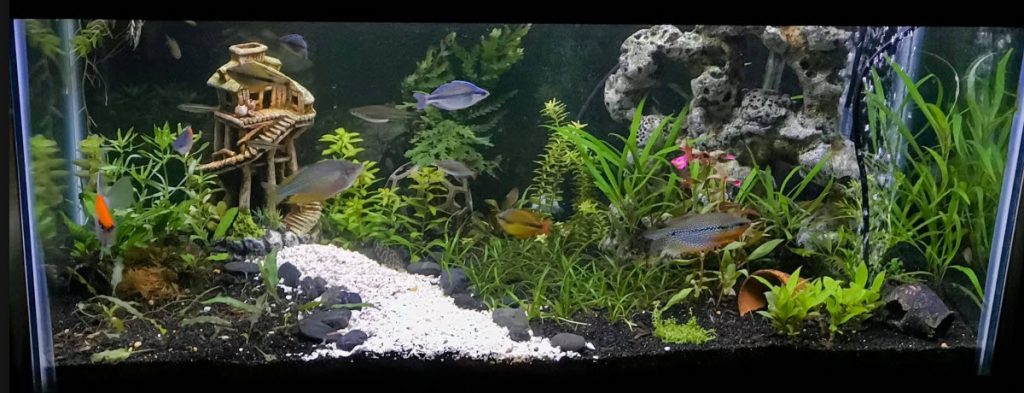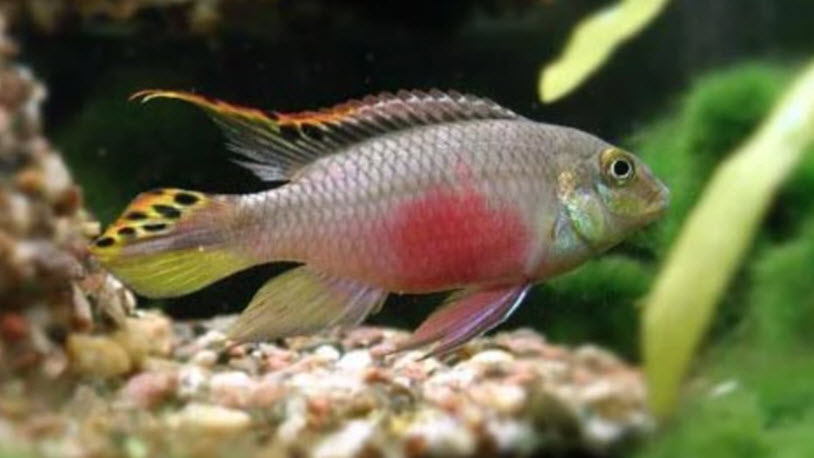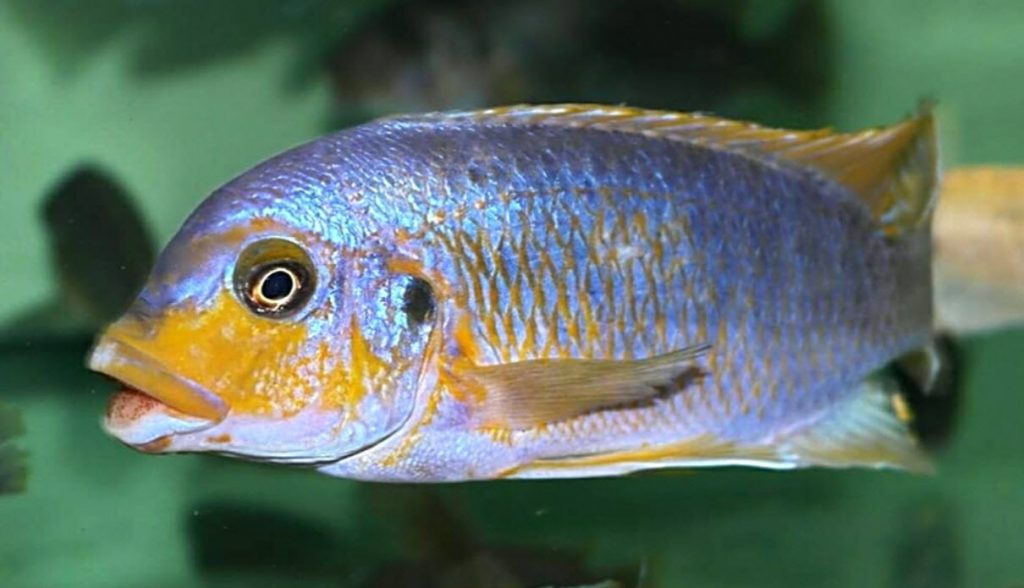
One of the biggest myths in the aquarium hobby is that a canister which has an actual flow rate of 600 GPH (gallons per hour) can filter roughly twice the amount of fish that a canister that has an actual flow rate of 300 GPH. In actuality the 600 GPH canister might be 10% better in filtration than the 300 GPH canister, assuming both filters have the same volume and media.
The concept that flow is important was tested. It showed doubling the flow rate added some 9% to the filter capacity. All the well meaning but ill-informed commentators on social media say it should double the capacity. This test can be found at this link:
8.3.1. Canisters in Depth
‘

Experimentation on recirculating aquaculture systems (RAS) for farming tilapia have shown that flow rate does influence the ammonia oxidizing ability of a filter. But the relationship is not linear. On a basis of ammonia oxidizing capability per square foot of surface, doubling the flow rate through a canister filter will add 5% to 15% to the filtration capacity of the filter. The Europeans are quite successful with using much lower flow rates through their canisters than Americans use.
A typical canister filter will require very roughly 5 square feet of surface area to oxidize the ammonia of one pound of fish. A fluidized bed filter will only require roughly 2 square foot of surface area per pound of fish for ammonia oxidation. And an air operated sponge filter might then require 6 square feet of surface area per pound of fish to oxidize ammonia. This is because of the flow rate through and in each filter. But it is a phenomenon called “turbulent flow”, which is more complex than just the flow rate through the filter.

For a more in depth analysis of this topic click the link below:
6.5.1. Flow Function
Another common myth is that the substrate in an aquarium does a lot of biofiltration. Beneficial bacteria require two things to live and oxidize ammonia well. The first is a surface to grow on and the second is decent water flow over that surface. While the substrate provides a lot of surface area it has little flow. So it doesn’t do a lot of filtration.
The idea that substrate is important as a place for beneficial bacteria to grow was tested. The tests and the scientific literature say the substrate in even a poorly filtered aquarium only provides 10% to 20% of the filtration. The tests are at this site:
6.5.2. Substrate as a Filter
,
Return to Filtration Menu
.
Aquarium Science Website
The chapters shown below or on the right side in maroon lead to close to 400 articles on all aspects of keeping a freshwater aquarium. These articles have NO links to profit making sites and are thus unbiased in their recommendations, unlike all the for-profit sites you will find with Google. Bookmark and browse!
.

Dave says
In reply to Ben …. You can reduce the flow by easily two thirds. I found my gravel filled design with the outlet one inch or more below the water level in the sump to work the best. But on big tanks like yours it has to be at least a four inch pipe filled with pea gravel. And I just use a standard perforated cone piece of plastic to filter out fish. Note this noise problem is a big problem with sumps. The big gravel filled drain is the only thing which worked for me. I found commercial overflows to need constant adjusting and fiddling.
Ben says
Hi Dave
I have 50 litres of K1 in a circa 120 litre sump with two equal water level chambers (K1 + return). The fluidised bed is kept moving via 12 airstones on an 1800 litre per hour quiet air pump. The display tank is 650 litres and the recirculation pump provided by the tank builder is rated at 3500 litres per hour. The display tank has an internal weir with a single bulkhead in the bottom which has 25 mm welded PVC leading into the sump (via 2 x 90 degree elbows). There is no standpipe nor space in the weir to drill an additional hole.
This setup has resulted in an extraordinary level of noise of the water dropping into the sump. Checking the sump pictures on your site shows a mixture of configurations with the drain pipe sometimes being under the water line in the sump and sometimes above it. I tested using a longer length of PVC on my drain pipe to drop it under the sump waterline and found that while it significantly reduced the noise, every few seconds there would be a very loud noise from the bubbles being released. I reviewed various standpipe designs online but there appear to be considerable warnings about them slowing the flow of water, being fiddly to setup and often adjust, and needing an emergency drain for which the weir has no space to drill.
So, a few questions come to mind:
– Should I simply reduce the flow? 3500 litres per hour seems a lot. With less flow maybe the existing drain can cope? What is a reasonable turnover goal given I have a lot of fluidised K1, significant aeration of it, and the stocking will be pretty light for a 650 litre display tank (5 goldfish).
– Should the drain pipe terminate in the sump below the water line or above it? If below, how far below is desirable?
– Should I add a standpipe to the weir’s only bulkhead? If so, which version? They all seem fiddly and it would block the weir’s only bulkhead so there is no emergency overflow option. One consideration is I have purchased a dozen water level sensors and a PLC for this aquarium so I have an unusual way to detect and deal with a blockage by electronically detecting the weir level becoming high and the PLC could instantly stop the recirculation pump and raise an audio alarm (the PLC is mainly being setup to provide automatic water conditioning and changes, but that’s another story). So maybe this whole emergency drain concern is addressed sufficiently that way?
– Would it make more sense to just implement an over-the-edge overflow design and use the existing weir as an emergency overflow in case the over-the-edge loses its siphon? I am interesting in your DIY overflow design with media but wonder what you put in front of the clear plastic piping to stop fish being sucked in there?
Sorry for all the questions!